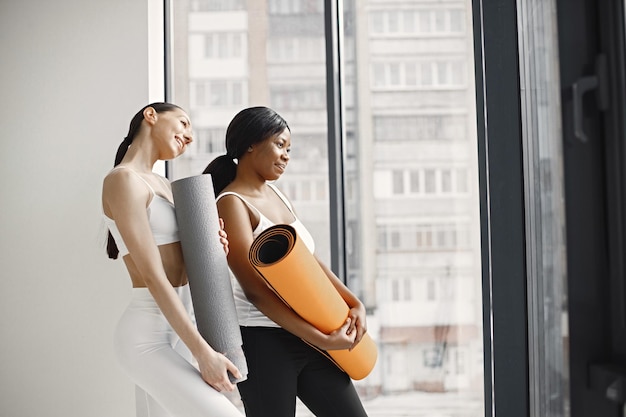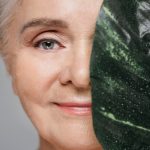
A yoga body isn’t just about flexible limbs; this ancient practice can enhance memory and improve both heart and bone health, according to Anna Magee. Yoga has become immensely popular in the UK, with Brits spending £790 million annually on classes and mats. While some modern yoga trends like rage yoga or dog yoga might seem eccentric, scientific research continues to support the practice’s real benefits.
Researchers at UCLA discovered that a three-month yoga and meditation course was more effective than memory exercises in reducing age-related brain changes. Another study found it helped breast cancer survivors sleep better. When Lucy Edge, a former advertising executive, fell into a deep depression, she turned to yoga instead of medication. After a six-month break in India practicing yoga, she experienced unprecedented happiness and contentment. Lucy has since authored books on yoga and started Yoga Meds, a segment on her website listing over 300 clinical trials demonstrating yoga’s benefits for various conditions.
If you’re relying on crossword puzzles and Sudoku for memory training, yoga might offer a better alternative. UCLA research compared 12 weeks of yoga and meditation to memory exercises in adults over 55. The yoga group showed better spatial and visual memory improvements and experienced less depression, anxiety, and stress. Dr. Clare Walton of the Alzheimer’s Society emphasized the need for more research into yoga’s potential benefits for heart and brain health as we age.
Even gentle yoga can benefit heart health, as shown by a 2014 review in the European Journal of Preventive Cardiology, which found yoga could lower heart disease risk similarly to brisk walking. Yoga helps reduce stress, a major factor in heart disease, by lowering stress hormones that can increase blood pressure and heart rate.
Dr. Mike Knapton of the British Heart Foundation noted yoga’s established benefits for emotional health. It can relieve anxiety, stress, and depression, which are common among heart disease patients. Yoga has also shown benefits in improving blood pressure, cholesterol, and weight—all risk factors for heart disease.
For beginners, a gentle practice like Kundalini yoga or Restorative yoga, which uses props and involves extended posture holds to reduce stress, can be beneficial. Charlotte Watts and Anna Ashby recommend gentle poses and supported postures for stress reduction. Yoga also helps with musculoskeletal issues. Physiotherapist and yoga teacher Sarah Shone developed classes for back pain rehabilitation, with 87% of participants reporting pain reduction.
Yoga also combats incontinence and strengthens the pelvic floor muscles. Being a weight-bearing exercise, it can increase bone density and is adaptable for any fitness level. Shone advises beginners to inform their instructors about any health issues and recommends gentle styles like Hatha or Iyengar yoga. Those with specific conditions like back pain should consult their doctors for potential subsidized yoga courses through exercise referral schemes.
Choosing the right yoga mat is essential for a comfortable practice. Consider where the mat will be stored, portability, and durability. Taller individuals may need longer mats, while those with joint issues should opt for thicker mats to provide adequate cushioning. Healthista recommends the eco-friendly Elephant Cork Yoga mat from Valka Yoga, which is durable, grippy when wet, and naturally antimicrobial and odour-resistant.
Cork yoga blocks, like the Valka Yoga block, can assist in achieving difficult poses by providing extra length and stability. For beginners or those seeking specific benefits, different yoga styles can be explored. Yin or Restorative yoga is relaxing and supported by props; Vinyasa Flow is energetic and adaptable; Iyengar focuses on precise alignment with props; Anusara combines flowing movements with upbeat music; and Yoga Therapy targets healing specific injuries or illnesses.
Lucy Edge’s new book “Down Dog Billionaire” is available for purchase. For more tips, sign up for the newsletter for additional articles.

